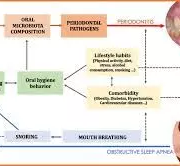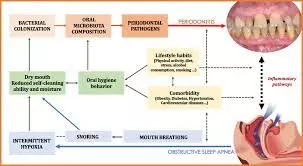Precalcitonin guided Protocol Safely Reduces Antibiotic Use in Sepsis Patients, reveals study

Researchers found that a procalcitonin (PCT)-guided protocol significantly reduces the duration of antibiotic therapy in critically ill patients with sepsis as published in JAMA. This study was conducted by Paul Dark and colleagues.
Sepsis is a medical condition in which life is endangered by a flood of immune reactions to infection and usually requires emergency antibiotics. Therefore, early and timely antibiotic intervention is essential; however, the duration of treatment is still not well defined. Biomarkers such as PCT and CRP have been evaluated for the possible use of guiding antibiotic discontinuation decisions. This trial provides additional support for PCT-use recommendations, establishing their clinical effectiveness and safety.
Methods
The Antibiotic Treatment in Hospitalised Patients With Suspected Sepsis (ADAPT-Sepsis) trial enrolled 2,760 suspected-sepsis adult patients in 41 hospitals across the United Kingdom from January 2018 to June 2024. It randomised ICU patients who had received intravenous antibiotics within 24 hours of admission into 3 groups: daily PCT-guided protocol (918 patients), daily CRP-guided protocol (924 patients), or standard care (918 patients). Primary endpoints included total antibiotic usage for 28 days and 28-day all-cause mortality. Secondary outcomes also include the duration of antibiotics first until the sepsis episode. Both allocation and biomarker readings were blinded to clinical teams and patients.
Key Findings
Reduction in the duration of antibiotics:
-
PCT-guided protocol reduced total antibiotic duration to 9.8 days compared with that of the standard care arm at 13.2 days (adjusted mean difference, 3.4 days; 95% CI, 4.3-2.5).
-
The CRP protocol was not statistically significantly shorter than standard care (mean difference: 0.09 days; 95% CI, -0.60 to 0.79).
-
For early initial sepsis, PCT reduced antibiotic usage during this period by 1.13 days (95% CI, 0.58 to 1.68), while CRP indicated a 0.71-day decrement (95% CI, 0.16 to 1.26).
Safety Endpoints:
-
Across all causes, mortality at 28 days was statistically equal for PCT-guided care versus standard care (20.9% vs. 19.4%; absolute difference: 1.57 percentage points; 95% CI, -2.18 to 5.32).
-
Mortality outcomes with CRP-guided care were inconclusive (21.1% vs. 19.4%; absolute difference: 1.69 percentage points; 95% CI, -2.07 to 5.45).
This trial shows that protocols based on procalcitonin safely reduce antibiotic use in critically ill patients with sepsis and induce 10% reduction in duration. These observations provide decisive grounds for the incorporation of procalcitonin into sepsis management.
Reference:
Dark P, Hossain A, McAuley DF, et al. Biomarker-Guided Antibiotic Duration for Hospitalized Patients With Suspected Sepsis: The ADAPT-Sepsis Randomized Clinical Trial. JAMA. Published online December 09, 2024. doi:10.1001/jama.2024.26458
Powered by WPeMatico



















